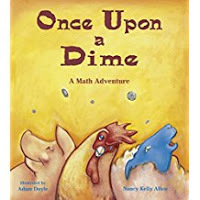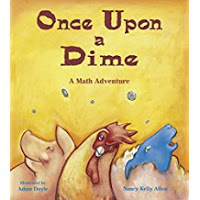Proofreading Tips, part 1

Let’s face it, catching mistakes in our writing is not easy. Our brains often read our own writing as we intended it to be written, not the way we wrote it. Critiquing the writing of others is much easier because we don’t have a mental concept of the text. We’re reading it for the first time, so if there is an error, it pops. Margaret Atwood says it this way: You can never read your own book with the innocent anticipation that comes with that first delicious page of a new book, because you wrote the thing. You’ve been backstage. You’ve seen how the rabbits were smuggled into the hat. Therefore ask a reading friend or two to look at it before you give it to anyone in the publishing business. This friend should not be someone with whom you have a romantic relationship, unless you want to break up.
Before sending a manuscript out to editors or agents, proofreading is a must. But if we can’t “see” all the mistakes, what can a writer do?
Of course, a professional proofreader is one option, but probably not an affordable one for many. So checking our own work is a good place to start. Here are some techniques I’ve tried with success.
Place the manuscript aside for a few days, a week, or even better, a month. Don’t look at it. Start another manuscript, so your mind will focus on the latest work. After a length of time, refocus on the finished manuscript. By that time your writing palate will be cleansed and your mind will catch the mistakes more easily.
Keep an error list. If you sometimes confuse the use of “which” and “that,” make a note so you can double check the manuscript.
Take your time proofreading. It’s a slow process, so don’t rush it. Read slowly—each word, each sentence.
In my next blog, I’ll provide more proofreading tips.
Call for Submissions for Young Writers:
We encourage adults to submit creative informational stories rather than pure fiction. We prefer submissions focusing on your own culture or experiences. No adult poetry, please.Submission guidelines athttps://www.skippingstones.org/wp/adult/
Nancy Kelly Allen has written 40+ children’s books and a cookbook, SPIRIT OF KENTUCKY: BOURBON COOKBOOK.Leave a message or check out my blog at www.nancykellyallen.com
Let’s face it, catching mistakes in our writing is not easy. Our brains often read our own writing as we intended it to be written, not the way we wrote it. Critiquing the writing of others is much easier because we don’t have a mental concept of the text. We’re reading it for the first time, so if there is an error, it pops. Margaret Atwood says it this way: You can never read your own book with the innocent anticipation that comes with that first delicious page of a new book, because you wrote the thing. You’ve been backstage. You’ve seen how the rabbits were smuggled into the hat. Therefore ask a reading friend or two to look at it before you give it to anyone in the publishing business. This friend should not be someone with whom you have a romantic relationship, unless you want to break up.

Before sending a manuscript out to editors or agents, proofreading is a must. But if we can’t “see” all the mistakes, what can a writer do?
Of course, a professional proofreader is one option, but probably not an affordable one for many. So checking our own work is a good place to start. Here are some techniques I’ve tried with success.
Place the manuscript aside for a few days, weeks, or even better, a month. Don’t look at it. Start another manuscript, so your mind will focus on the latest work. After a length of time, refocus on the finished manuscript. By that time your writing palate will be cleansed and your mind will catch the mistakes more easily.
Keep an error list. If you sometimes confuse the use of “which” and “that,” make a note so you can double check the manuscript.
Take your time proofreading. It’s a slow process, so don’t rush it. Read slowly—each word, each sentence.
In my next blog, I’ll provide more proofreading tips.
Call for Submissions for Young Writers:
Submission guidelines at https://www.skippingstones.org/wp/youth/
Call for Submissions for Adult Writers:
Skipping Stones Magazine. Our readers, ages 7 to 17, hail from diverse cultural and socioeconomic backgrounds. We want to make their reading of Skipping Stones an active experience, relevant to issues confronting them locally and globally. Writing and artwork by adults should challenge readers to think, learn, cooperate and create.
We encourage adults to submit creative informational stories rather than pure fiction. We prefer submissions focusing on your own culture or experiences. No adult poetry, please.
Submission guidelines athttps://www.skippingstones.org/wp/adult/
Nancy Kelly Allen has written 40+ children’s books and a cookbook, SPIRIT OF KENTUCKY: BOURBON COOKBOOK.
Leave a message or check out my blog at www.nancykellyallen.com
Published on September 02, 2018 06:10
No comments have been added yet.



